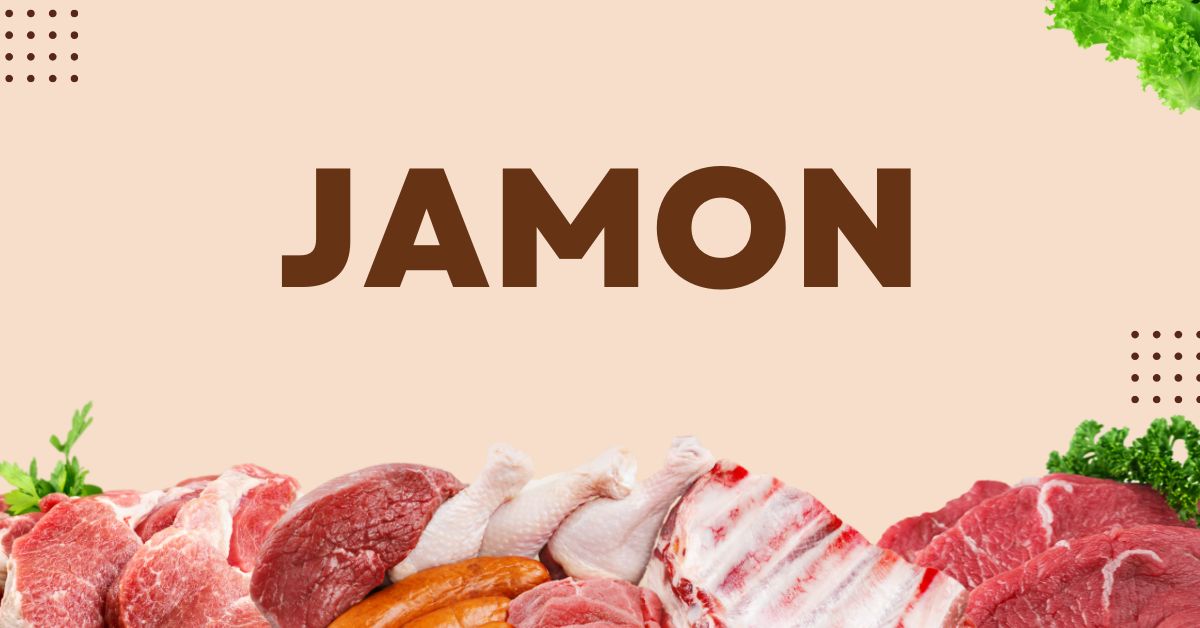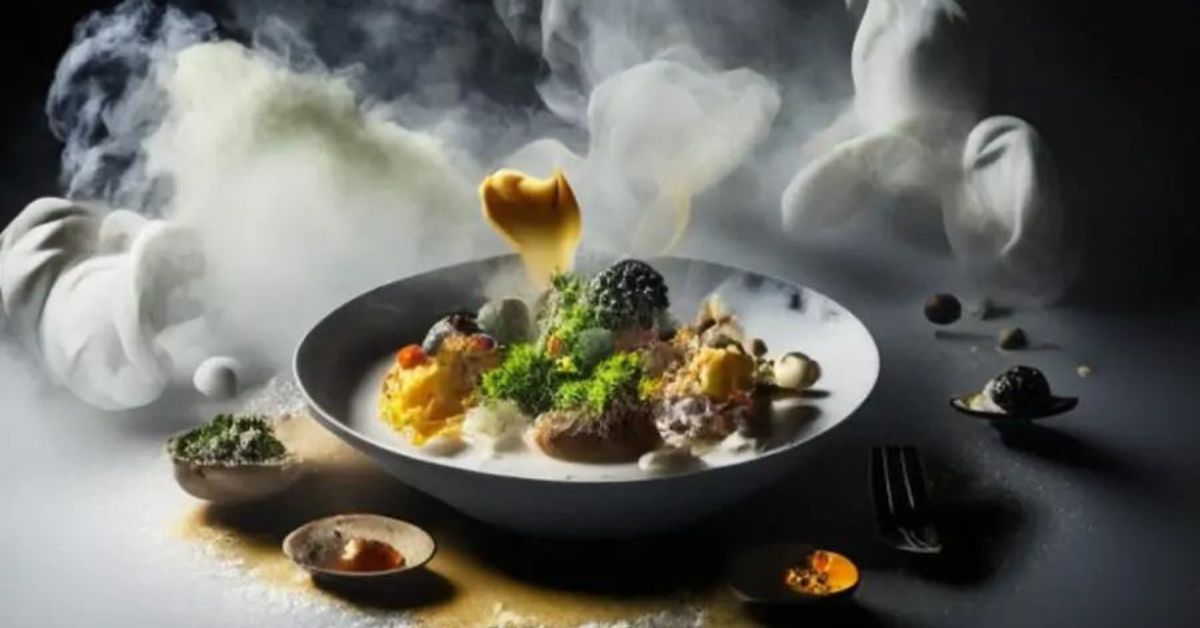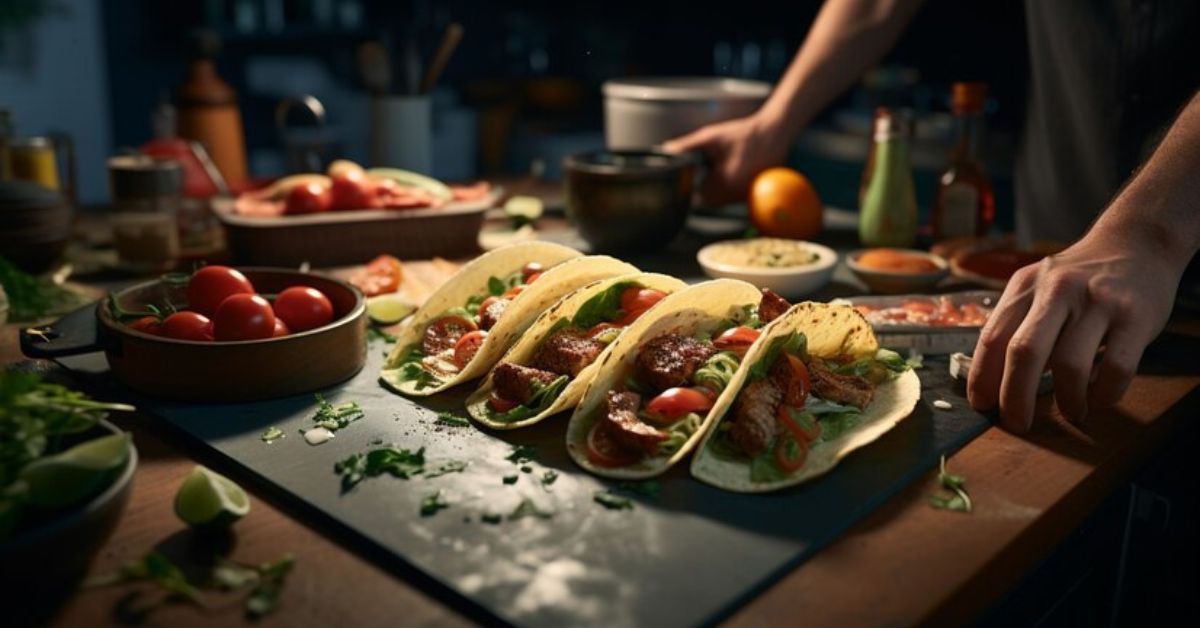The mere mention of jamon evokes the vibrant spirit of Spanish cuisine, a symbol of tradition and communal joy revered for generations. This is not just ham; it is a transformative product where patience and skill elevate a simple leg of pork into a complex culinary masterpiece. The journey from fresh meat to thinly sliced, aromatic delicacy involves months or years of careful salting, washing, and slow air-drying in specific climatic conditions. This meticulous process concentrates flavors, creating a rich, savory, and uniquely nutty taste that melts on the tongue. Understanding jamon opens a window into Spanish culture, where it is celebrated in tapas bars, family gatherings, and festivals as a central part of life’s finest moments.
What Is Jamon?
Jamon is the Spanish word for ham, specifically referring to dry-cured hind legs of pork, a preparation deeply ingrained in the nation’s identity. Unlike smoked or cooked hams common elsewhere, authentic Spanish jamon is preserved through a lengthy, natural curing process that relies on salt, air, and time. The two primary categories, Jamon Serrano and Jamon Iberico, are distinguished by the breed of pig, its diet, and the curing duration, resulting in vastly different qualities and price points. It is traditionally served sliced paper-thin, allowing the fat to melt at room temperature and release its full spectrum of aromas. This product represents the pinnacle of charcuterie, a testament to the art of preservation.
The Two Crowns: Serrano and Iberico
The world of jamon is dominated by two principal types. Jamon Serrano, meaning “mountain ham,” is made from white pig breeds and cured for a shorter period, typically between 12 to 18 months. It offers a reliable, savory flavor and is a versatile, everyday staple. Jamon Iberico, however, is the undisputed king, produced from the native Iberian pig, a breed known for its ability to store fat within its muscle tissue. This unique characteristic, known as marbling, is what creates its unparalleled texture and profound depth of flavor, with curing times often exceeding 24 months for the highest grades.
The Meticulous Curing Journey
The transformation into jamon is a slow dance with nature, a process that cannot be rushed. It begins with the “salazón,” where the fresh legs are buried in sea salt for several days to draw out moisture and initiate preservation. After being washed, the jamones enter the “secadero” or drying shed, where they are hung and subjected to a carefully controlled microclimate. Here, the magic happens over many months as enzymes break down proteins and fats, developing the ham’s signature aroma and taste. The final stage is the “bodega,” or cellar, where the hams mature slowly until master curers deem them perfect.
The Importance of the Iberian Pig and Diet
The superiority of Jamon Iberico hinges entirely on the breed of pig and what it eats. The highest grade, Jamon Iberico de Bellota, comes from pigs that spend their final months fattening freely in oak forests, feasting on acorns. This “montanera” diet is crucial; acorns impart sweet, nutty notes to the fat, which then infuses throughout the meat. The pigs’ exercise during this period further improves the meat’s texture and marbling. This symbiotic relationship between the animal, its diet, and its environment is what creates a bellota jamon’s legendary, complex flavor profile that is nearly impossible to replicate.
How to Identify Quality Jamon
Discerning a fine jamon involves looking at several key characteristics. The hoof is often left on and its color can be a clue; a black hoof indicates an Iberico pig. The shape of the leg is typically longer and more slender than that of a Serrano ham. Most importantly, examine the fat: it should be a glossy, yellowish hue and feel soft to the touch, a sign of a good acorn diet. When sliced, the meat should display an intense ruby red color with abundant, fine marbling of white fat running through it, promising a rich and flavorful experience.
The Art of Slicing Jamon
Slicing jamon is a respected profession in Spain, performed by a “jamonero” using a long, flexible blade. The technique is precise, aiming to produce translucent slices that are neither too thick nor too thin, typically about the size of a credit card. A good jamonero works with the anatomy of the leg, adjusting the angle of the cut to maximize yield and texture. Proper slicing is not just about presentation; it is essential for releasing the jamon’s aroma and ensuring the fat melts perfectly on the palate, which is fundamental to appreciating its true character.
Serving and Savoring the Experience
To fully enjoy jamon, it should be served at room temperature, allowing its complex aromas to blossom. Arrange the slices on a warm plate so the fat glistens but does not melt completely. While delicious on its own, it pairs wonderfully with simple companions that do not overpower it. A classic way to enjoy it is draped over a slice of fresh, crusty bread rubbed with tomato. Pairing it with a dry Sherry like Fino or a crisp, Spanish cava creates a perfect balance, cutting through the richness and cleansing the palate between bites.
Jamon in Spanish Culture and Cuisine
Jamon is far more than food in Spain; it is a cultural icon that signifies celebration and togetherness. It is the centerpiece of festive occasions, from Christmas dinners to town festivals. In everyday life, it is a staple of the tapas culture, enjoyed with a drink among friends. Its presence on a menu signifies a commitment to quality and tradition. From adding depth to stews and soups to being the star of a charcuterie board, jamon’s role in Spanish gastronomy is both foundational and celebrated, embodying a way of life.
Storing and Preserving Your Jamon
A whole leg of jamon is a lasting investment if stored correctly. It should be kept in a cool, dry place, ideally on a special jamon stand. Once you begin slicing, the exposed surface should be protected to prevent drying. The traditional method is to cover the cut area with large strips of the removed fat, which acts as a natural preservative. For pre-sliced jamon, it is best consumed quickly, but can be kept in the refrigerator covered with plastic wrap. Always let refrigerated slices come to room temperature before serving to restore their texture and flavor.
Why Jamon Stands Apart from Other Hams
What distinguishes Spanish jamon from other cured hams like Italian prosciutto is a combination of breed, diet, and a distinct curing philosophy. While prosciutto is typically sweeter and softer, jamon, especially Iberico, boasts a deeper, more savory and nutty flavor with a denser, more marbled texture. The extensive curing period and the specific climatic conditions of regions like Jabugo contribute to a more intense and complex taste profile. This unique terroir and tradition create a product that is uniquely Spanish and universally admired.
Conclusion
Jamon is a journey through Spanish history, culture, and craftsmanship, all contained within a single cured leg. It teaches the value of patience, the importance of terroir, and the joy of savoring life’s simple, yet profound, pleasures. From the robust and accessible Serrano to the sublime, nutty richness of an Iberico de Bellota, there is a jamon for every moment. Appreciating it goes beyond taste; it is about understanding the story behind each slice. To enjoy jamon is to participate in a timeless Spanish ritual, a celebration of flavor that remains unmatched in the world of charcuterie.
Frequently Asked Questions
What is the difference between Jamon Serrano and Iberico?
Jamon Serrano comes from white pigs and is cured for less time, while Jamon Iberico comes from the native Iberian pig and is cured longer, offering a more complex, marbled texture.
Why is Jamon Iberico de Bellota so expensive?
Its high cost is due to the rare Iberian breed, its free-range acorn diet, and a curing process that can last over four years, requiring significant expertise and time.
How should I store a whole leg of jamon?
Keep it in a cool, dry place on a jamon stand. Once cut, cover the exposed meat with its own fat to prevent it from drying out.
What is the best way to eat jamon?
Serve it at room temperature, sliced paper-thin, and enjoy it alone or on plain bread to appreciate its pure flavor.
Can you eat the white fat on jamon?
Absolutely, the fat is where much of the flavor resides. It should be enjoyed with the lean meat for the complete tasting experience.











